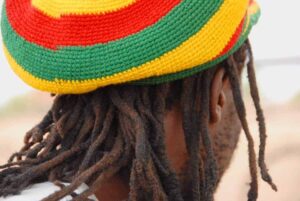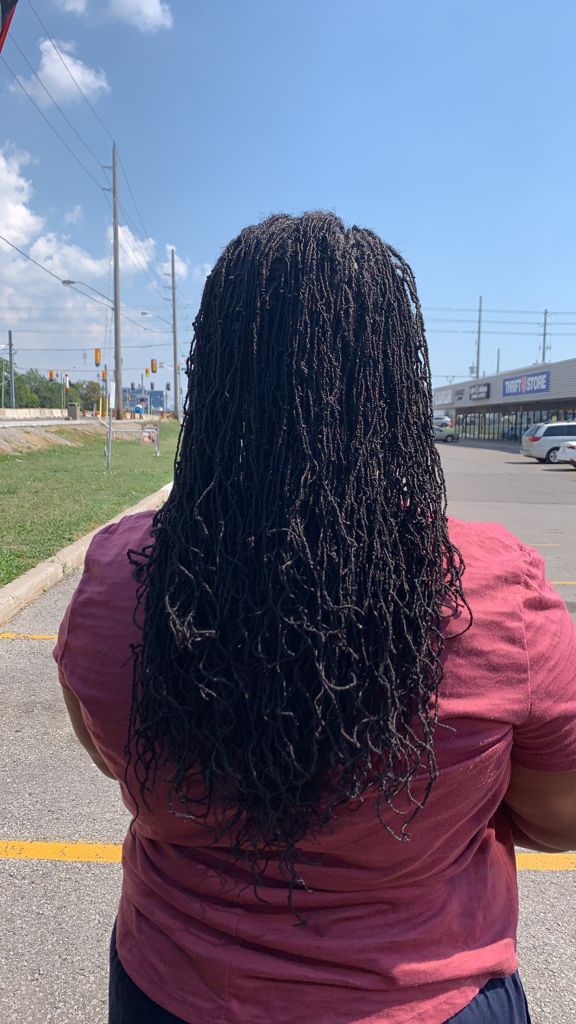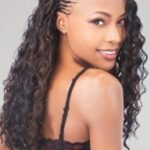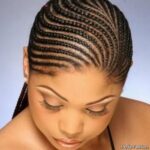Hair helps individuals regulate their body temperature and acts as a barrier against undesired external items from a biological aspect. Hair may reveal a lot about a person’s or group’s style, position, morals, religion, and beauty standards, and it’s not only about function.
Hair types vary, and how people choose to care for and style their hair is influenced by factors such as texture, tastes, and mood.
Dreadlocks are hair ropes. This style is also known as Jata, Sanskrit, dreads, or locks, and it employs a variety of techniques to enhance lock creation, including rolling, braiding, and backcombing.
These appear to be “free-formed” hair locks on the surface (i.e., hair lock). They are frequently misunderstood to be filthy which they are not, in the least. Having healthy dreadlocks necessitates the process of maintaining the hair clean and in good shape.
Locks are worn by people from many different cultures and civilizations. Locks are a manifestation of religious ideas in several civilizations. Dreadlocks are a symbol of ethnic pride or just-style in other cultures. These worn by a variety of African ethnic groups. However, the relevance may differ from one group to the next.
Dreadlocks’ Revival: A Hair Movement
Dreadlocks or dreads became a current fashion statement as reggae music became generally popular in the 1970s.
Musicians, sports, actresses, rappers, authors, and many more wore this newly popular hairdo. When Bob Marley made his mark on the international stage with his music, he popularised the aesthetic of dreadlocks.
Dreadlocks are worn by celebrities and well-known figures such as Lisa Bonet, Wiz Khalifa, Kelela, Future, Willow Smith, Stevie Wonder, Toni Morrison, Bert Ashe from the University of Richmond, Wale, Richard Sherman, Ani DiFranco, and many more.
Anatomy of Dreadlocks

To comprehend how a head of hair becomes a head of dreadlocks, you must first comprehend what a single lock looks like at its most basic level. The belief that if the hair is left alone, it would tangle and divide into parts is at the basis of the dreadlock phenomena.
Dreadlocks are essentially discrete clumps of knots that the user encourages to develop into a coil that resembles a length of rope or yarn.
It can be compared to a densely knit rug, but the individual “threads” of hair are not woven together in any particular pattern. They’re haphazard. In fact, some hairstylists provide instant, temporary dreadlocks that are created by hastily knotting the hair with a crochet hook or an interlocking tool.
Foundation
The foundation is laid using a simple step-by-step procedure:
Step 1: Before starting the process, wash and dry your hair well. Make sure your scalp and hair are clean, with no residue or product accumulation.
Step 2: You have the option of letting the hair lock and then separating it. However, you can split your hair ahead of time to divide it into discrete portions. Decide on your parting style and then separate your hair into portions. You may either do the entire head at once and secure the portions together using bands or clips, or you can do each area separately.
Step 3: Make sure your pieces are the right size. When you draw them tight, the exposed scalp should outline the roots of the hair you’re holding. The quantity of scalp visible varies according to parting style and hair thickness. The way they fall and seem natural is also influenced by the parting style. The final locks will be thicker if the portions are larger.
Step 4: Before working with each strand, apply a little quantity of product to it. (Opinions on what to employ vary significantly and vehemently among experts.) To keep their hair from drying out, some people use creams, waxes, oils, or gels. Wax is used as a binder and moisturizer by certain dreadlock users.
Step 5: Creating locks may be done in a variety of ways. Backcombing your hair is a common practice for persons with straight hair. This adds volume, is simple to execute (albeit time-consuming), and gives the impression that you have locks right away.
Many individuals, however, advise against backcombing since it can damage hair and cause locks to unravel easily. Pull each segment of hair straight to backcomb. Use a fine-toothed metal comb to go through the hair from the tip to the root while holding the tip.
Repeat on the same area of hair until the individual strands are twisted together and dragged toward the root. You should keep doing this until the full length of your hair has developed tangles.
After that, repeat the process with each segment. You may palm roll each lock after backcombing it to form it. Braids, twists, comb coils, the twist, and rip method, the interlocking method, and the crochet method are all options for starting locks. (For further information, see the sidebar.)
Step 6: Using a hairdryer, completely dry the locks. This procedure will also melt the wax into each lock if you used wax.
References:
Sailor, M., & Jeffcoat, Y. (2021, August 26). How Dreadlocks Work. HowStuffWorks. https://people.howstuffworks.com/dreadlock.htm
(2022, January 18). Dreadlocks: Origin, History, Styles And How To Get Locs. Curl Centric: Curly Hair Products, Hairstyles, and Hair Growth Techniques. https://www.curlcentric.com/dreadlocks/


